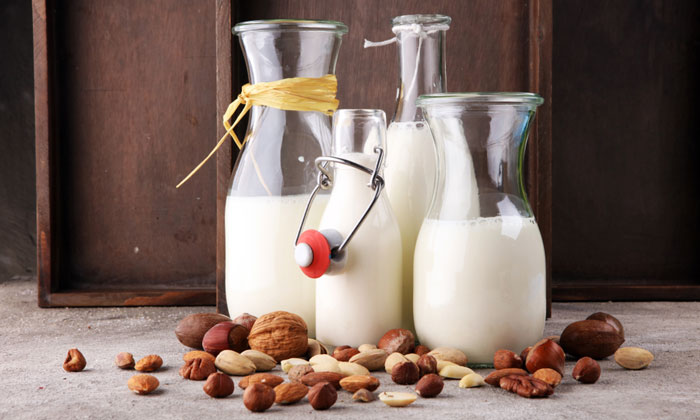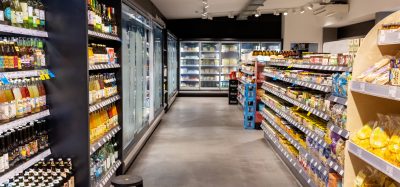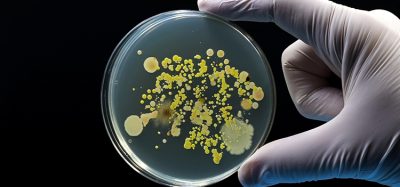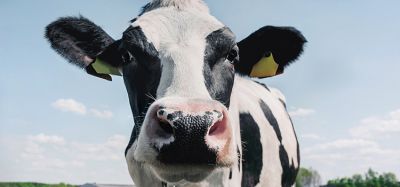Breaking awhey? Report examines how dairy can respond to changing diet
- Like
- Digg
- Del
- Tumblr
- VKontakte
- Buffer
- Love This
- Odnoklassniki
- Meneame
- Blogger
- Amazon
- Yahoo Mail
- Gmail
- AOL
- Newsvine
- HackerNews
- Evernote
- MySpace
- Mail.ru
- Viadeo
- Line
- Comments
- Yummly
- SMS
- Viber
- Telegram
- Subscribe
- Skype
- Facebook Messenger
- Kakao
- LiveJournal
- Yammer
- Edgar
- Fintel
- Mix
- Instapaper
- Copy Link
Posted: 25 May 2018 | George Smith (New Food) | No comments yet
The dairy-free trend may not be for everyone, but few can deny it’s picking up steam. Will it hammer down the industry’s profits or is it time for companies to capitalise on changing tastes?


NEW CURDS ON THE BLOCK: Nuts are a popular source of alternative milks
A new report by the research arm of Rabobank has claimed that now is the time for the dairy industry to reflect on the growing success of alternative dairy products and consider how the lessons they learn can boost their business.
RaboResearch’s report, Dare Not to Dairy — What the Rise of Dairy-Free Means for Dairy… and How the Industry Can Respond, examines the state of the market and what can be done about it.
Dairy alternatives have competed in the dairy space for decades, but competition has intensified as dairy alternatives broaden in types, styles, and categories of product.
Global retail sales growth for dairy alternatives has soared at a rate of 8 per cent annually over the last ten years. With retail sales valued at US$15.6bn, dairy-free ‘milk’ represented 12 per cent of total fluid milk and alternative sales globally in 2017, according to Euromonitor.
Nutrition, price, and flavour tend to favour dairy, but changing consumer perceptions around health, lifestyle choices, curiosity, and perceived sustainability are increasingly drawing more people to select ‘dairy-free’ products.
“Global demand for dairy is expected to grow by 2.5 per cent for years to come, with demand for non-fluid categories offsetting weak fluid milk sales,” said Tom Bailey, RaboResearch Senior Analyst – Dairy. “While it’s not essential to diversify into dairy alternatives, it would be wise for the dairy industry to at least learn one thing from the success of dairy alternatives, which may be putting the consumer first and trading in the old grass-to-glass model for glass-to-grass.”
The challenge for dairy lies mostly in fluid milk, where retail sales in western Europe ($18.6bn) and the US ($12.5bn) declined at an annual rate of 5 per cent and 3 per cent, respectively, in the five years to 2017, according to Euromonitor.
According to RaboResearch, the results over the last five years have favoured dairy players who have invested in milk alternatives across the supply chain – from planting almond trees to buying brands. The investments in dairy alternatives have shown returns above standalone dairy.
Related topics
Ingredients, Research & development, Revenues, Supply chain, Trade & Economy






